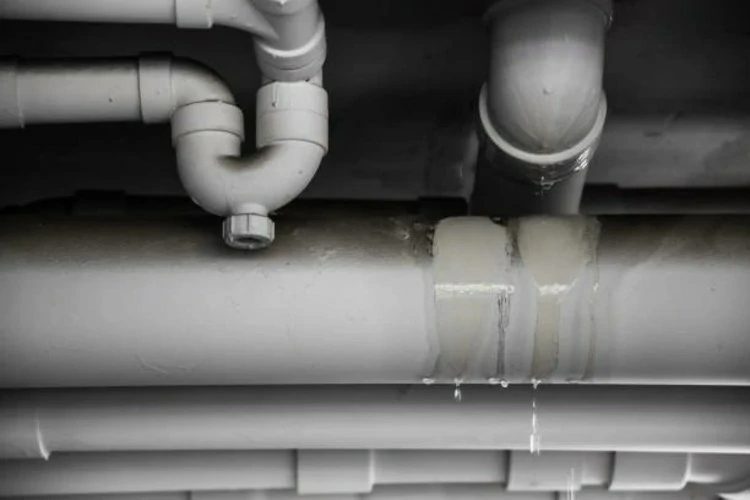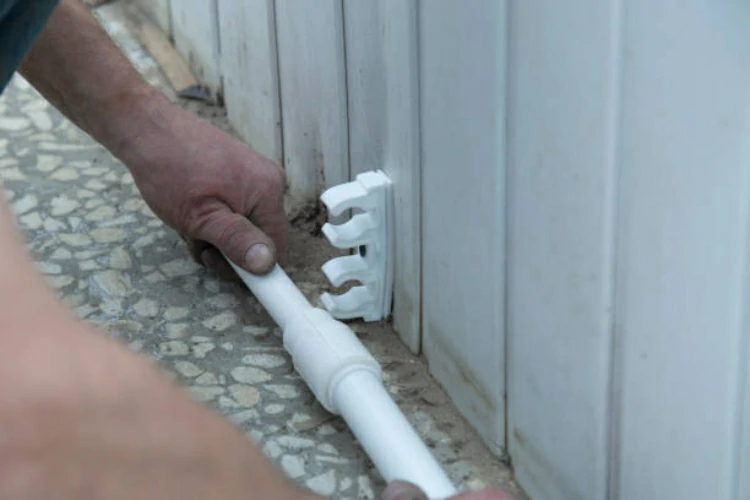Polypropylene Random Copolymer (PPR) piping have become a preferred choice in various applications due to their durability and versatility. This article delves into the life cycle of PPR piping systems, exploring the key stages from production to installation, maintenance, and eventual recycling.

1. Production: Crafting Resilient PPR Piping
PPR pipe systems begin their life cycle in the production phase, determining the pipings’ quality and characteristics.
1.1 Material Selection and Composition: Craft PPR pipingfrom Polypropylene Random Copolymer, a durable and chemically resistant thermoplastic. The careful selection of materials ensures that PPR piping meet industry standards for strength and longevity.
1.2 Extrusion Process: The production of PPR pipes involves an extrusion process where the polypropylene material is melted and formed into pipes of various sizes. This method results in pipes with a smooth interior surface, reducing friction and minimizing the risk of scale formation.
1.3 Quality Control Measures: Implement stringent quality control measures during production to ensure PPR piping meet regulatory standards. This includes testing for factors such as pressure resistance, thermal stability, and overall structural integrity.
2. Installation: Optimizing Efficiency and Performance
The installation phase is a critical stage in the life cycle of PPR piping systems, influencing their efficiency, longevity, and overall performance.
2.1 Efficient Installation Techniques: PPR pipes are known for their ease of installation. Techniques such as heat fusion joints and push-fit connections optimize the installation process, reducing labor time and ensuring a secure and leak-proof system.
2.2 Adaptability to Various Applications: PPR piping are versatile and adaptable to different applications, including residential plumbing, industrial processes, and HVAC systems. This flexibility in application contributes to the widespread use of PPR piping in various construction projects.
2.3 Water Quality Preservation: The smooth interior surface of PPR piping not only facilitates efficient water flow but also contributes to water quality preservation. The pipes’ resistance to scale formation and corrosion ensures that the conveyed water remains clean and uncontaminated
3. Maintenance, Repair, and Recycling: Prolonging the Life Cycle
The final stages of the life cycle involve maintenance, repair, and, ultimately, recycling of PPR piping systems to maximize their sustainability.
3.1 Minimal Maintenance Requirements: PPR pipes are known for their low maintenance requirements. Their resistance to scale formation and corrosion reduces the need for frequent repairs, contributing to prolonged service life and minimizing maintenance costs.
3.2 Efficient Reparability: In the event of damage, PPR piping are efficiently repairable. Replace damaged pipe sections without compromising the integrity of the entire system. This reparability adds to the overall sustainability of PPR piping systems.
3.3 Recycling for Sustainable Practices: The end of the life cycle involves recycling. PPR pipes, being made of polypropylene, are recyclable. This allows for the recovery and reuse of materials, aligning with sustainable construction practices and reducing the environmental impact of pipe disposal.
conclusion
In conclusion, understanding the life cycle of PPR piping systems involves recognizing the stages of production, installation, maintenance, and recycling. From the careful selection of materials during production to the efficient installation techniques and minimal maintenance requirements, PPR pipes demonstrate a life cycle designed for durability and sustainability. As the construction industry continues to prioritize eco-friendly practices, the recyclability of PPR piping makes them a responsible choice for projects aiming to minimize environmental impact and promote sustainable building practices.
Contact:
IFAN is a manufacturer with 30 years of experience, specializing in plastic pipes, fittings, and valves in China. If you are interested in IFAN’s copper valves, PPR valves, pipes, and fittings, feel free to contact us. IFAN provides various standard pipes to meet your specific needs. Click the link below to explore IFAN’s diverse, cost-effective valve products, as well as related pipeline system products.
We will reply your email or fax within 24 hours.
You can call us at any time if there is any question on our production.
For more information,pls visit our webside https://www.ifanplus.com/
Pls Mailto: [email protected]






